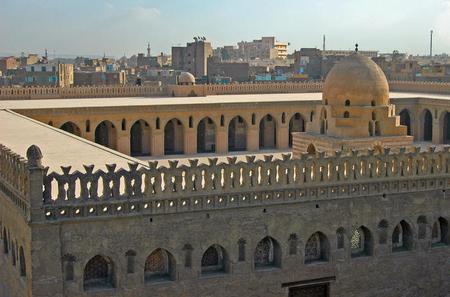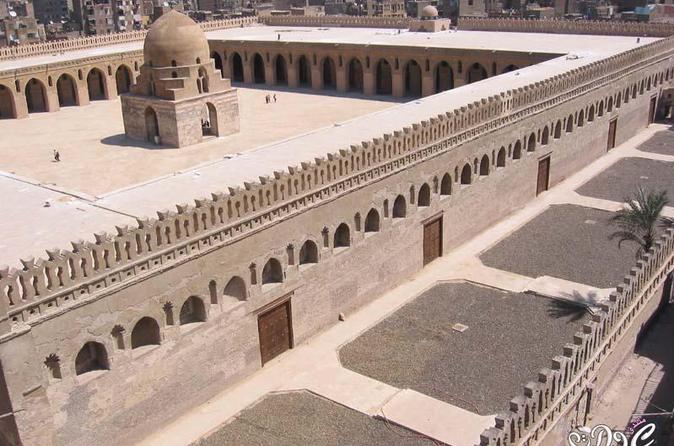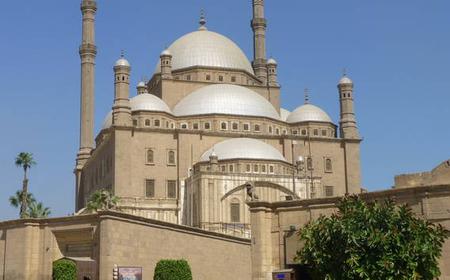Gayer-Anderson Museum, Cairo
Housed in the medieval Bayt al-Kiritliya mansion that was built against the walls of the Ibn Tulun Mosque, the Gayer-Anderson Museum showcases domestic architecture from the 16th– 17thcentury.

Housed in the medieval Bayt al-Kiritliya mansion that was built against the walls of the Ibn Tulun Mosque, the Gayer-Anderson Museum showcases domestic architecture from the 16th– 17thcentury. It was built in 1631 by Hajj Mohammad ibn al-Hajj Salem ibn Galman al-Gazzar, but is named after British Major John Gayer-Anderson who lived here in 1935-'42 and collected Egyptian antiquities. It also incorporates the Beit Amna bint Salim house, built in 1540 by Abdel-Qader al-Haddad. The museum has a good collection of decorative arts.
The house is divided into 2 areas - Haramlik, the family residence, and Salamlik, the guest-house. The Haramlik was reserved for women and family members, and has Mashrabiya screens on windows through which women could look out over the streets without being seen. Rooms here have several cupboards, shelves and jewelry boxes. This section also has the sahn (courtyard), with marble flooring, fountain, and barrel shaped pots, with a horse stable at the back. The Salamlik rooms are furnished with Islamic style ornate brass tables and Persian decorations, as well as a copper tray on which food was offered to guests. Their wooden ceilings have geometric patterns and Arabic calligraphy.
A unique feature of the complex is the Sabil room where visitors were offered water. Such rooms were usually attached to mosques and public places, but rarely to residences. It has a wooden ceiling with gilt Quranic inscriptions, and the Bir al-Watawit (Bats' Well). The first floor has the Maq’ad – an open air reception room overlooking the courtyard where men hung out. It has an ornate ceiling, and brass and glass decorative items. The top floor has the kuttab (study) which was converted into the writing room of Anderson, now displaying masks and photographs of him and his family. The roof terrace has Mashrabiya screens with lattice patterns depicting Islamic phrases, and a sundial made of tiles that indicated prayer times. It offers great views of the Ibn Tulun Mosque and parts of Cairo. This terrace and the Maq'ad were shooting locations for the James Bond flick 'The Spy who Loved Me'.
Also of note are the cozily furnished Persian style bedroom with candle holders, and the Egyptian room with antiquities. There is a replica bust of Queen Nefertiti, a statue of the cat goddess Bastet, a huge bird egg inscribed with Qur’an verses, statue of Hatsheput, and plates of Taset el-Khada. The entire house is a treasure trove of Oriental furniture, crystal, carpets, silks, and curios.














